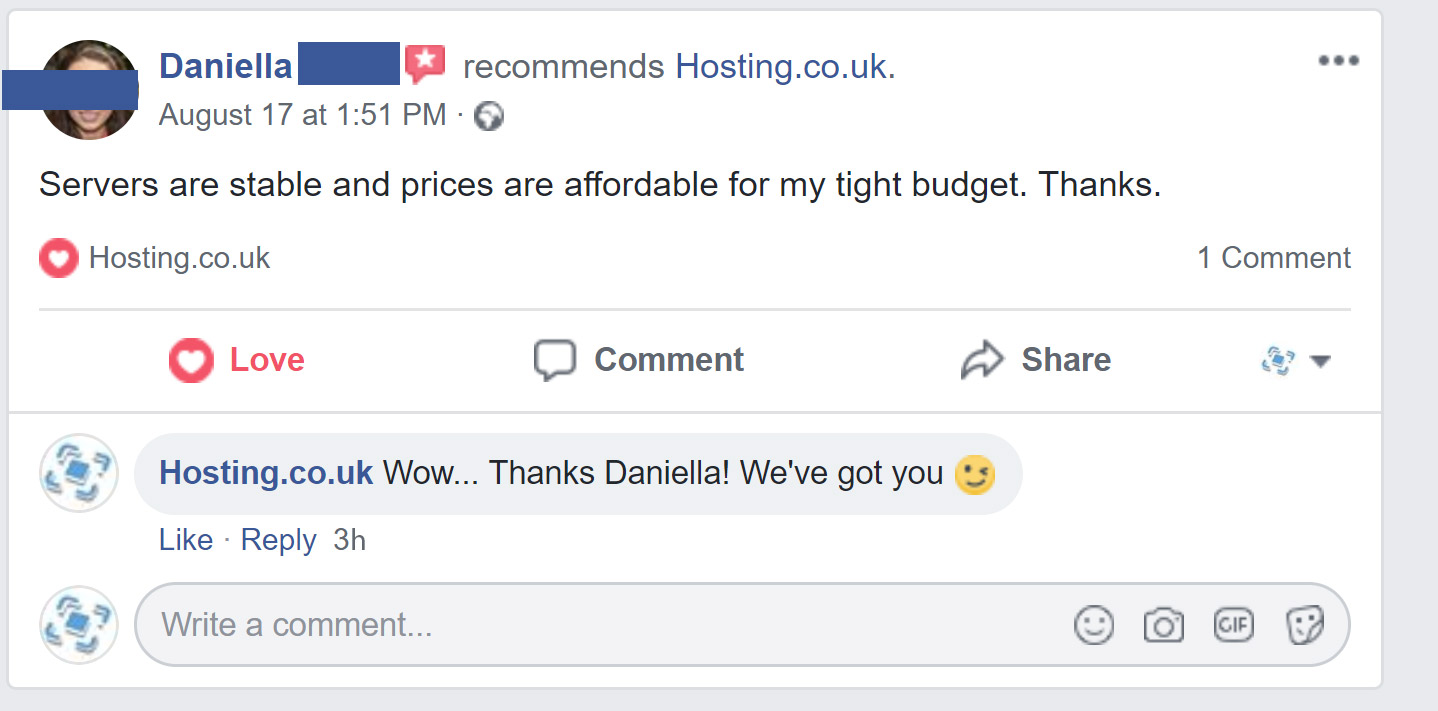Online businesses, blogs and e-commerce sites all have one thing in common; they need to have a constant stimulation of online growth and engagement with their customers. How is this done? By coupling great text-based copy and stunning visuals you can catapult your content marketing or email marketing campaign. There are a few ways you can use great visual content and graphics to convert and engage your visitors.
Table of Contents
The Stats
Content with visuals are 43% more persuasive. In fact, 65% of people are visual learners and 90% of information that we take in that is processed by our brains is visual. Based on those numbers having visual content is vital to your business’ success. Here are 5 types of visual content that will set you a part from the rest and ensure your content marketing does what it supposed to do; lead to sales conversions.
- Images
- Videos
- Infographics
- Presentations
- Screen Shots
Images
Using images to break up huge chunks of texts increases your chances of having your information read and digested by your followers. Marketer Jeff Bullas says that articles with images get 94% more views than articles without. People have shorter attention spans due to the increase use of mobile internet and the oversaturation of digital information; therefore, large chunks of text can be off putting and lead to a user abandoning your site all together.
When using images in your web content ensure that you own the rights to the images. Using high resolution images, you took yourself is preferable. However, there are numerous sites online where you can purchase the license to use stock images. There are also free stock image sites that allows you to use images that are pertinent to your content. Web resources like Canva enable you to make stunning graphics with their easy to use drag and drop interface. Choose to save your graphics as .png or .jpeg formats. Plus, optimising your images for web and mobile devices can help to improve your website’s overall load speed.
 (Picture source: elements.envato.com)
(Picture source: elements.envato.com)
Videos are an incredibly powerful tool to use to enhance your business. Videos are great for presenting and solving a problem. Showing customers how to use a product, or simply explaining a service is a fantastic way to connect with them. Sure, creating video content can be expensive and time consuming, but a well thought out video shows your customers that your company is prepared to go the extra mile and produce informative and great quality video content. A study showed that including a video on a landing page increased conversion by 86%. Why? Because people like to see things in action and are more likely to opt-in when they do.
Types of Videos:
You can use any video format that suits your company’s brand and message in order to engage your customers.
- How-to-videos
- Animated Explainer Videos
- Demonstrations
- Customer testimonials
That is just the tip of the iceberg. With videos you can be as creative as you want to be and push the limits of how you produce content for your users.
Infographics
Infographics are an excellent tool for exhibiting all of your complex data and statistics and collating them into a compelling, easily intelligible visual display. Accompanied by diligent promotional tools (including networking with key influencers, landing page optimisation and social media), infographics can become an integral part of your content marketing strategy. What’s more, they look great when you take time and care in their design.
To reap the benefits of an infographic, it’s essential that the layout and design is as impactful as possible, while giving all the details in a succinct manner. The designer must combine the right colours, shapes and fonts to convey your important data. The information you choose to include in the infographic must be accurate (peer-reviewed sources are ideal) and contextually relevant; be sure to include statistics to bolster your claims. Sometimes even the most seemingly mundane statistics can be brought to life when conveyed as stunning visuals. However, ensure all visual elements actually carry the narrative – don’t get carried away and flaunt your virtuosity with Adobe Illustrator! The information is most important.
Bloggers live for a good infographic, so if you promote yours effectively, it’s highly likely that it will be circulated throughout the blogosphere as well as on social media platforms. More shares mean more publicity for your brand, especially if it achieves the highly sought after “viral” status. When you share your infographic via social media, it’s best to include a thumbnail image as well as a hyperlink to your site where you host/store the full image. This enables you to bypass any size restrictions on social media platforms and bring more traffic (and inbound links) to your site.
Presentations
Gone are the days where presentations are strictly relegated to the classroom or boardroom. We’ve all played around with PowerPoint at some time or another, but Online Presentations can be beneficial to your business when you have huge chunks of information to convey to your audience. Use Slide Share to create gorgeous presentations and share your information with your audience seamlessly from any device.
Presentations serve a similar function to infographics, with a large focus on attractive design and colour, thereby drawing the reader into the text. Although, they differ though by having a greater scope, with presentations you can do more. Therefore, if a topic is too lengthy to be appropriate for an infographic, a beautifully crafted presentation can be extremely effective at keeping people engaged with your content.
Your presentation is likely to include a lot of information, so it’s crucial to remain consistent with things like fonts, borders and colours, as to not distract from what you are trying to convey. Just like with any form of content, proofreading for spelling and grammar mistakes is vital. As with infographics, always keep your sources as reputable as.
Screen Shots

(Picture source: facebook.com/pg/hosting.co.uk/)
Screen shots work great for demonstrating to your audience or customer based how your product or service works; especially if it is a digital product; you can show what services and functions you offer from a direct perspective, and you can even combine your screenshot with some marketing copy or a testimonial to boost your credibility.
Screenshots are very useful for backing up the claims you make in your sales content. It’s also possible to annotate your screenshots if you wish to draw attention to a particular part of the image (such as which button to click) or provide a more in-depth explanation of what’s going on behind the scenes. Screenshots are also excellent ways to exemplify how-to visual content.
Although screenshots seem like the least remarkable type of visual content in this article, they can be greatly beneficial as a trust-building tool. Consider using them to capture customer reviews or testimonials from industry forums or social media. According to an article by Ryan Erskine, a contributor on Forbes.com, 90% of consumers read online reviews before visiting a business. Additionally, you may wish to incorporate screenshots into your infographics and SlideShare presentations, as they can bring forth more meaning to the stats or information you are presenting.
Skitch is a great tool for creating graphics and text on images. It’s simple to use and free in addition to Canva.
Always Use Visual Content
Visual content taps directly into your customer’s mind, opening them up to the information you have laid out for them. Text + visual content is the fool proof way to engage your customers and ensure that they convert. In addition, check out more ways to make your site visually appealing for your customers and avoid common website design mistakes. Beautifully made graphics do not have to break the bank. Make sure you use a variety of visual content and allow your creativity to run free.